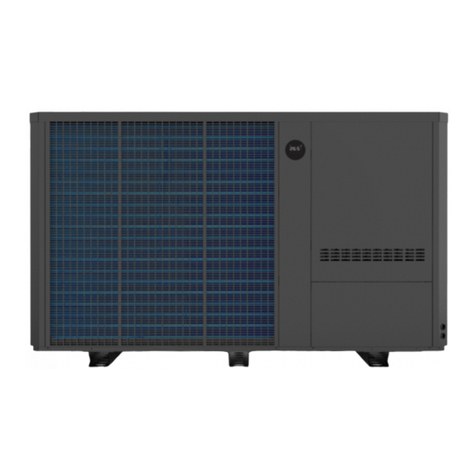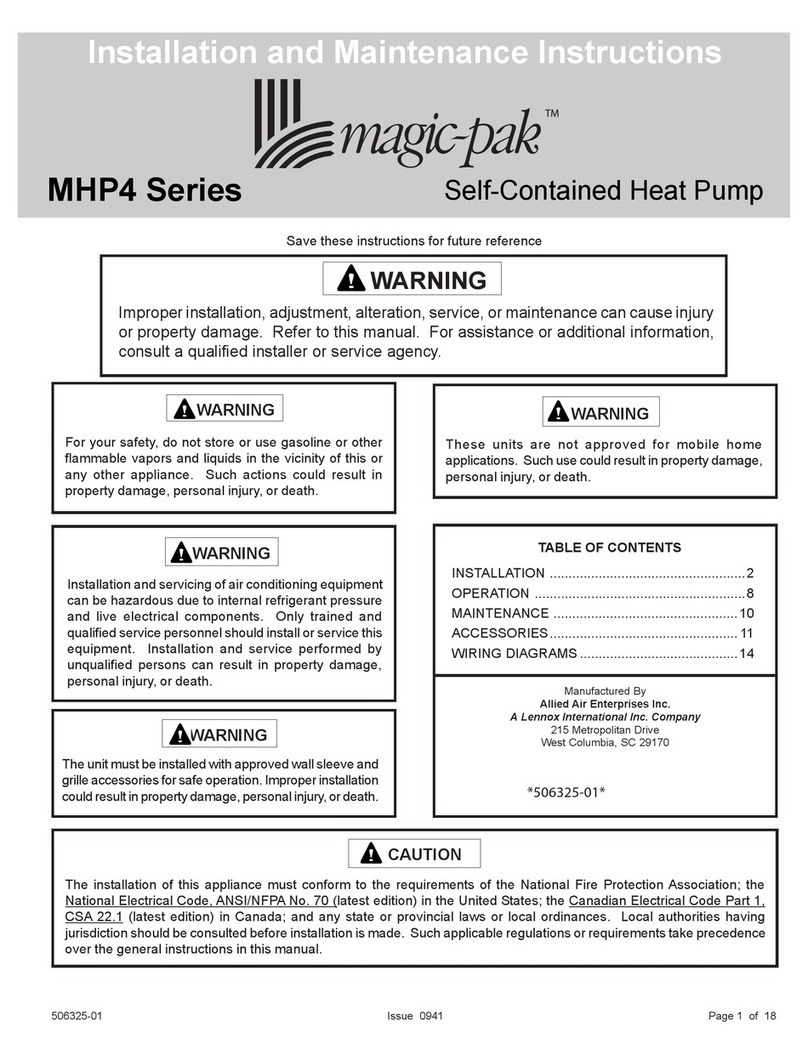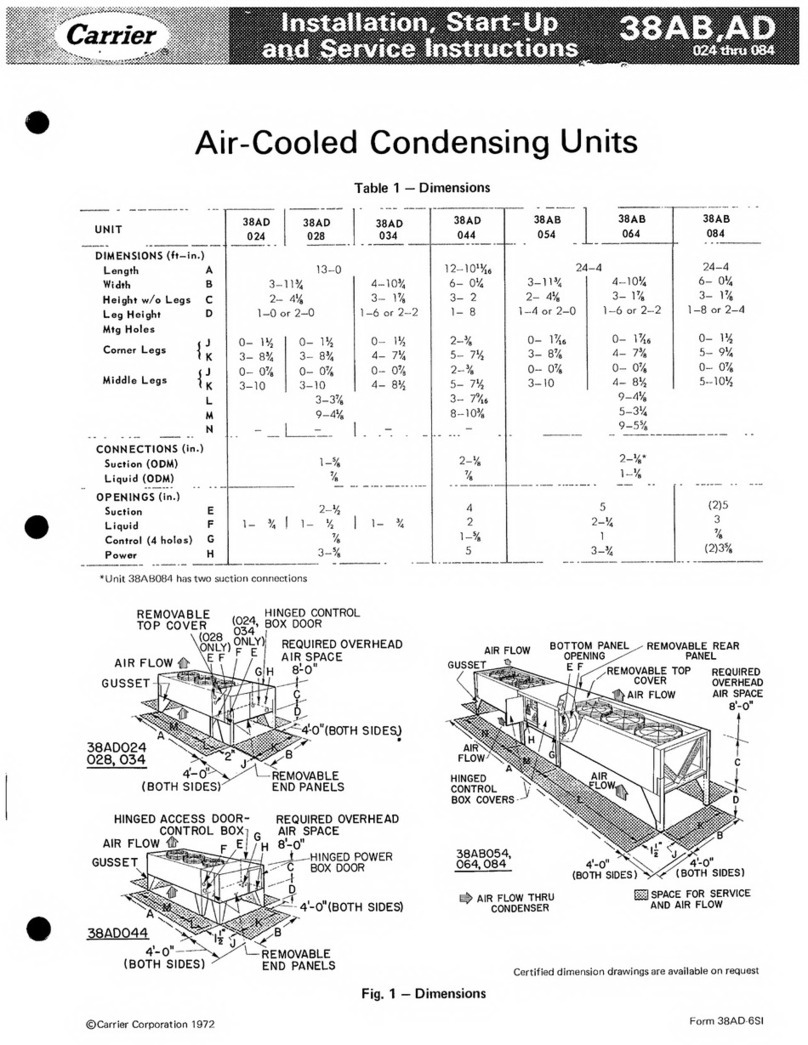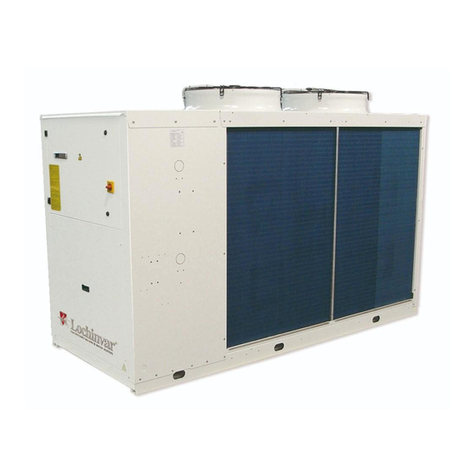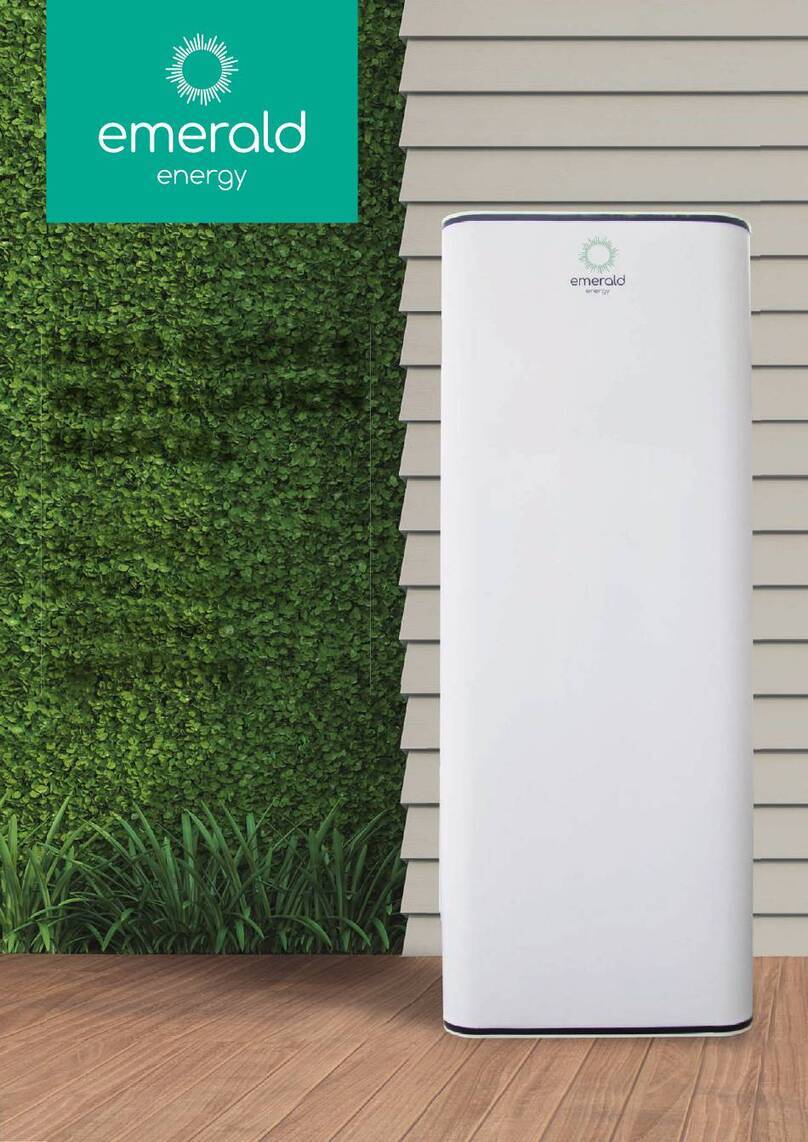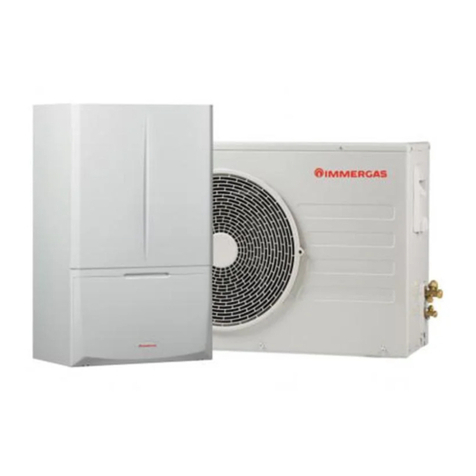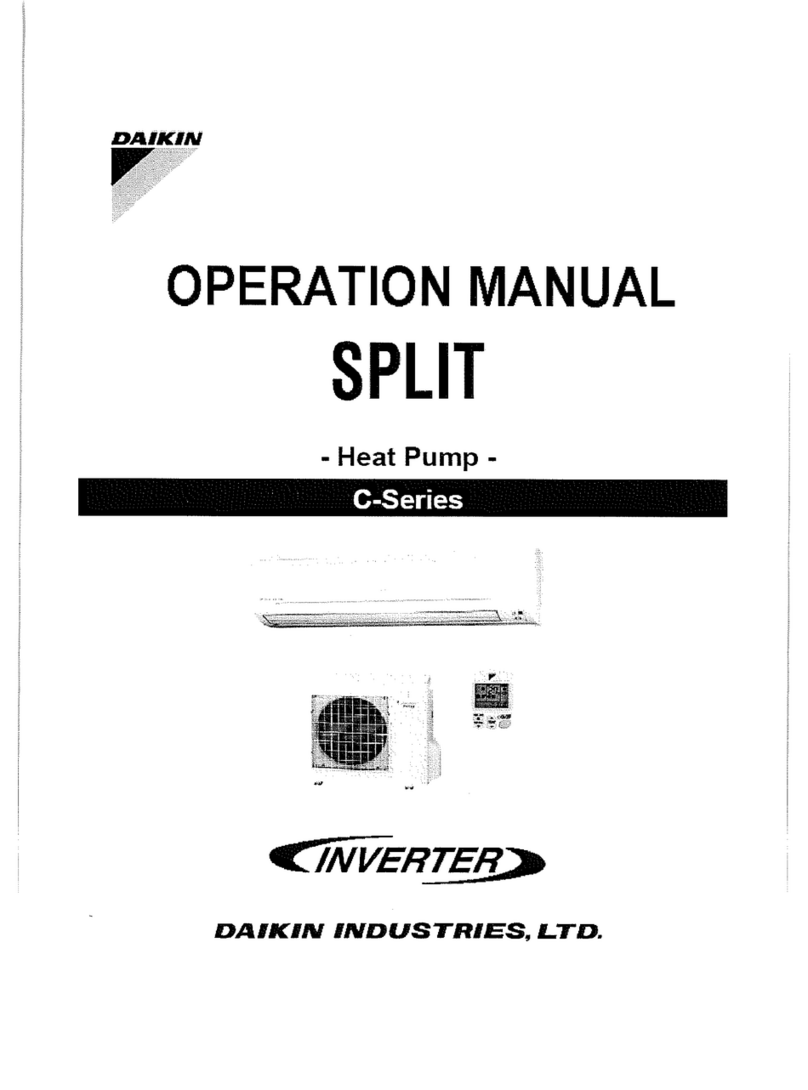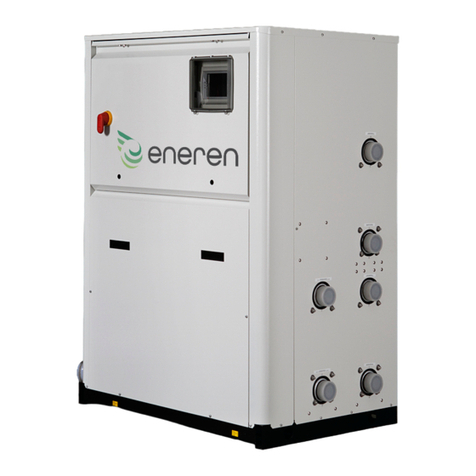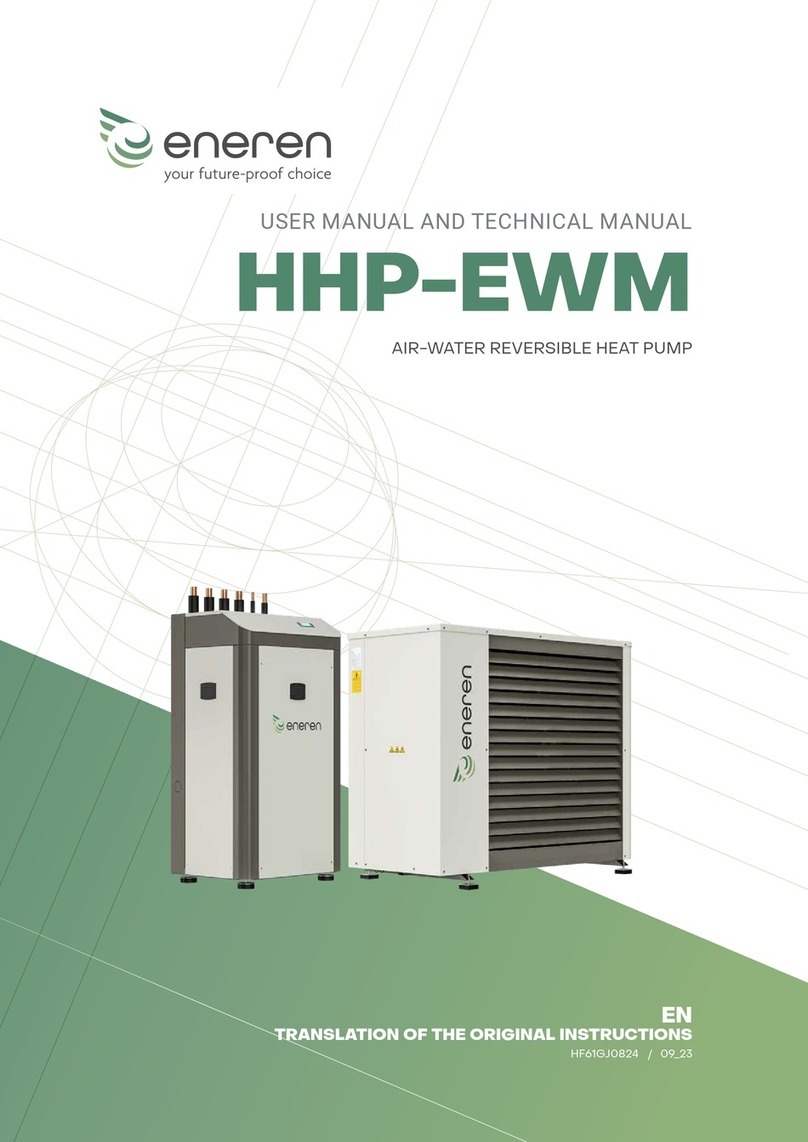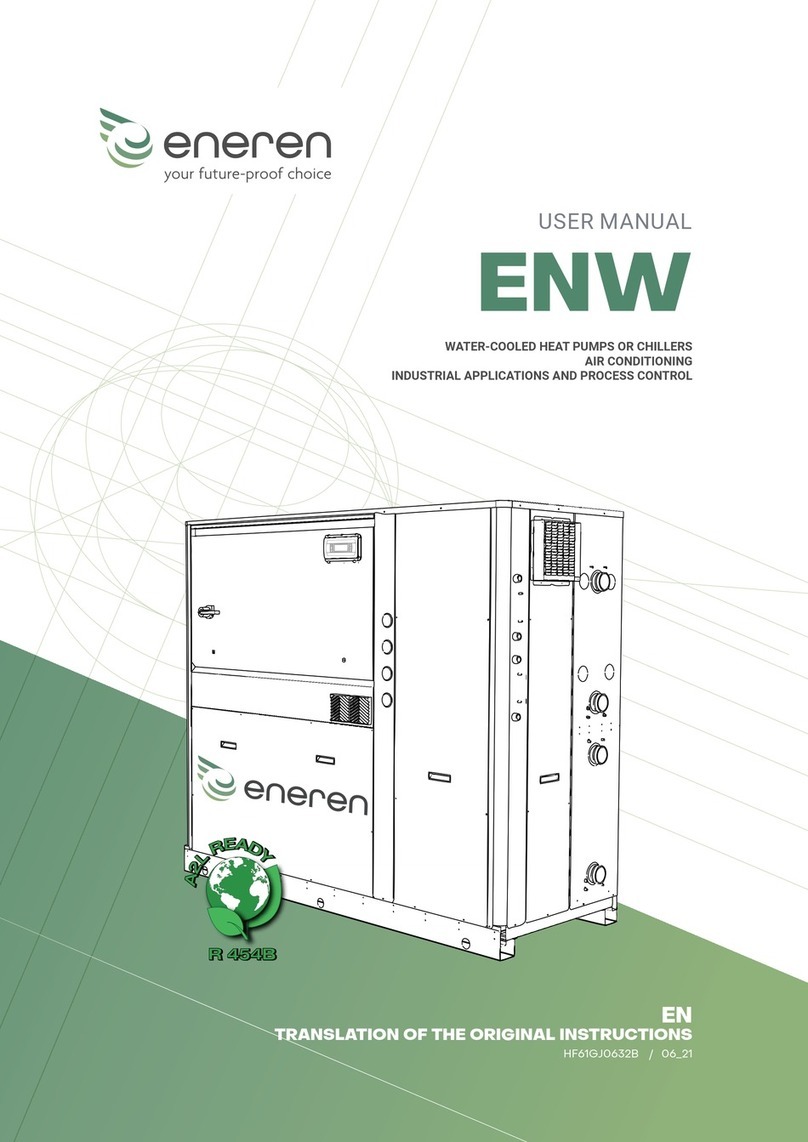
GENERAL CAUTIONARY NOTES
The operating rules contained in this manual are an integral part
of the unit supply and are valid exclusively for the units covered by
this manual. They contain all the useful and necessary informa-
tion for safe operation and ideal, recommended use of the unit.
The declaration of conformity is attached individually to the litera-
ture kept on the machine, usually inside the control cabinet.
Please follow the instructions given below:
• Read carefully the instruction manual which should be consid-
ered an integral part of the unit.
• Every operator and the personnel in charge of unit maintenance
must read the manual throughout carefully and observe its pre-
scriptions.
• The employer is requested to make sure that the operator has the
necessary aptitude requirements for operating the unit and has
carefully read the manual.
• The instruction manual must be easily available to the operation
and maintenance personnel.
• Keep the manual for the entire working life of the unit.
• Make sure any updates that are received are integrated into the
text.
• Hand over the manual to any other user or subsequent owner.
• Use the manual so that the contents are not damaged - entirely
or in part.
• Do not remove, tear off or rewrite parts of the manual for any
reason.
• Keep the manual with care; it must be available at the unit, stored
in a special container, to protect it from moisture and heat, until
nal scrapping of the machine. The location where the manual is
kept must be known to the user of the unit, to the managers, to
the persons in charge of transportation, installation, use, mainte-
nance, repairs, and end-of-life dismantling and scrapping. If the
manual is lost or partially damaged, so that it is no longer possible
to read all of its contents, it is advisable to request a new one from
the manufacturer.
• Avoid hasty and incomplete preparation that lead to improvisa-
tion and cause many accidents.
Pay close attention to the safety symbols shown in the table on
the previous page and to their meaning.
Before starting to work, read through and strictly observe the fol-
lowing suggestions:
• the operator must always have the instruction manual readily
available at any time;
• plan each action carefully;
• before beginning to work, make sure that the safety devices work
properly and you have no doubts about their operation; otherwise,
do not under any circumstances start the unit;
• carefully observe the warnings relating to special hazards con-
tained in this manual;
• preventive and thorough maintenance guarantees constantly
high operating safety for the unit. Never delay repairs and always
have them carried out solely by qualied personnel; only original
spare parts are to be used.
THE MANUFACTURER shall not be liable for any accident to per-
sons or property which may occur due to:
• failure to comply with the instructions in this manual regarding
the operation, use and maintenance of the unit;
• violent actions or incorrect manoeuvres when performing main-
tenance on the unit;
• alterations made to the unit without prior written authorisation
from the MANUFACTURER;
• events that are, in any case, unrelated to the normal and correct
use of the unit;
• in any case, if the user attributes the incident to a defect in the
unit, he must prove that the damage caused was a main and direct
consequence of this “defect”.
This manual reects the state of the art at the time of unit sale:
The MANUFACTURER reserves the right to update its products
and manuals without any obligation to update earlier products
and manuals, except in special circumstances. These may not be
considered inadequate only because they have been subsequently
updated based on new experience.
BATTENTION
• The installer must provide adequate documentation that must
comply with EN 378-3 if applicable in the country of installation;
otherwise, reference should be made to the local regulations in
force.
• When installing or servicing the unit, the rules stipulated in this
manual must be complied with together with those on board the
unit and in any case all necessary precautions must be taken.
• The uids under pressure in the cooling circuit and the presence
of electrical components may cause hazardous situations during
installation and maintenance work.
• Any action on the unit must be carried out by qualied and au-
thorised personnel. In the event of a fault, do not attempt repairs
on your own and do not let unauthorised technicians carry out re-
pairs, or the guarantee will no longer be valid.
• The initial start-up must be carried out exclusively by qualied
personnel authorised by the marketing entity (see annex).
• Before performing any work on the unit, ensure it has been dis-
connected from the power supply.
• For maintenance service or repairs always and exclusively use
original spare parts. THE MANUFACTURER declines all responsi-
bility for damages that may occur due to non-compliance with the
above.
• The unit is guaranteed according to the contractual agreements
entered into upon its sale: however, failure to comply with the rules
and instructions contained in this manual and any modication in
the unit not previously authorised, will cause an immediate loss of
guarantee validity.
• This manual describes the intended use of the unit and provides
instructions for its handling, installation, assembly, adjustment
and use. It supplies information on the maintenance schedule,
how to order spare parts, the presence of residual risks, and staff
training. Therefore, before handling, installing, using or carrying
out any maintenance on the unit, read the manual very carefully.
• It is important to remember that the use and maintenance man-
ual can never replace adequate user experience. This manual
represents a reminder of the main operations to be performed by
operators who have received specic training, for example by at-
tending training courses held by the manufacturer, with reference
to particular maintenance operations.
• Make sure all the users have thoroughly understood the oper-
ating instructions together with the meaning of any symbols on
the unit.
• Possible accidents can be avoided by following these technical
instructions drafted in accordance with the Machinery Directive
2006/42/EC and subsequent additions.
• In any case, always comply with national safety regulations.
• Do not remove or damage guards, decals, stickers and wording,
especially any that are required by law.
• Adhesive labels intended for safer use are applied to the unit,
therefore, it is very important to replace them if they become il-
legible.
CWARNING
• The electrical wiring, hydraulic and refrigeration diagrams and
the technical data shown in this manual are supplied for guidance
only and may be changed without prior notice for the purpose of
improving the product range. For detailed information on specic
models, refer to the specic documentation attached to the each
product.
Any updates or additions to this use and maintenance manual
are to be considered an integral part of the manual and may be
requested via the contact phone numbers listed in this manual.
Contact the MANUFACTURER for additional information and to
share any feedback and recommendations aimed at improving
the manual.
If the unit is transferred to a new owner, the MANUFACTURER ex-
pects you to please notify the address where to send any manual
additions for the new user.
6






















